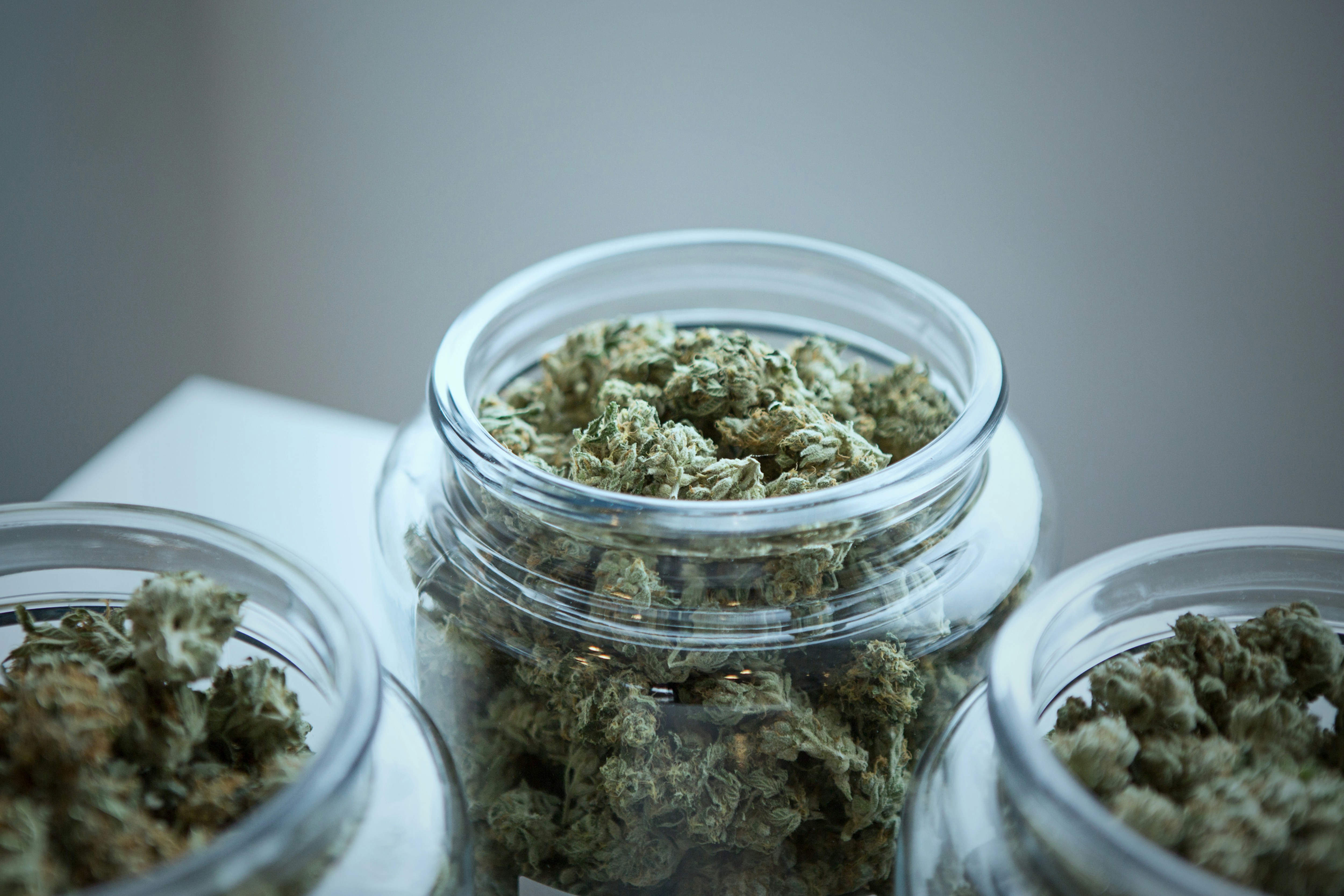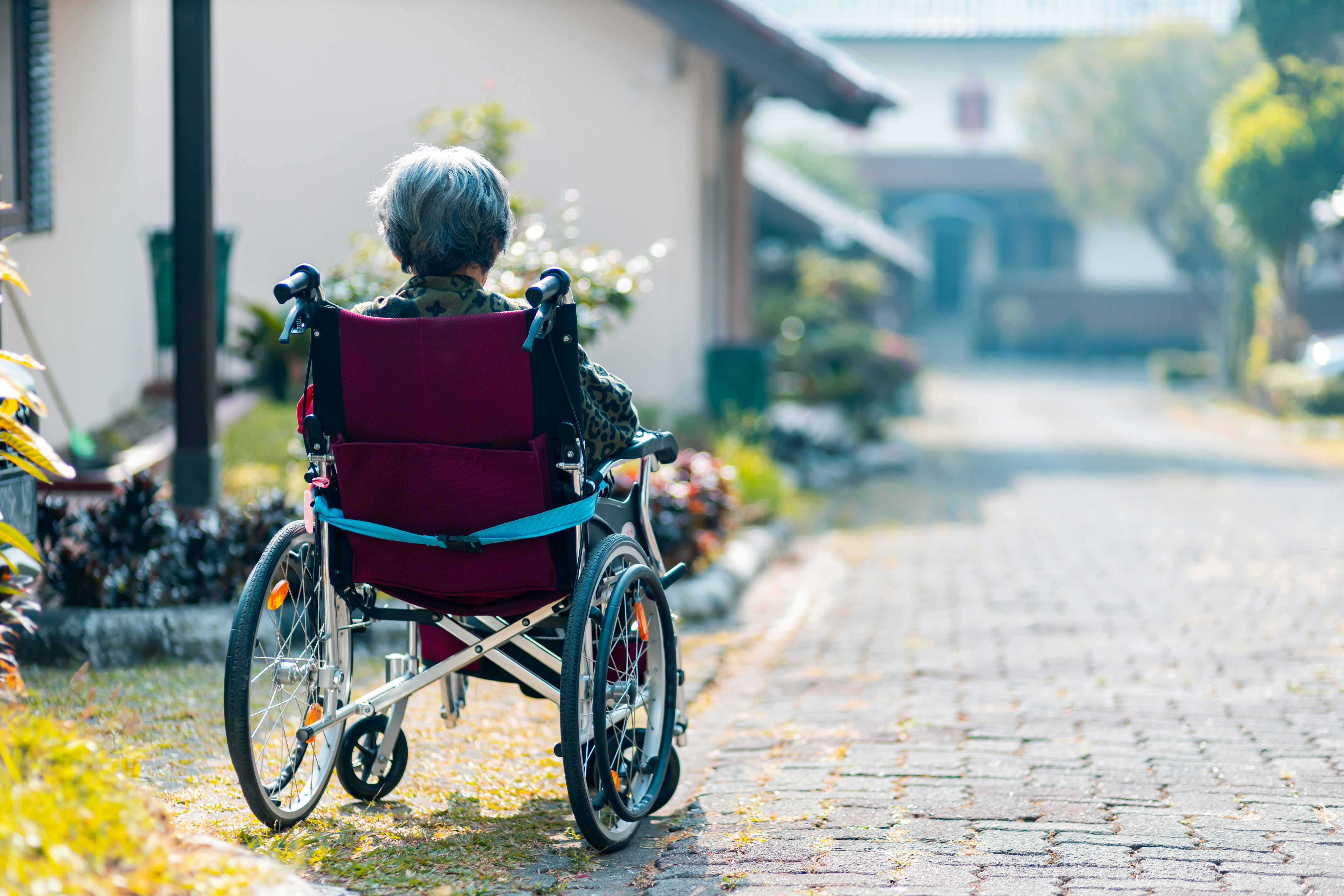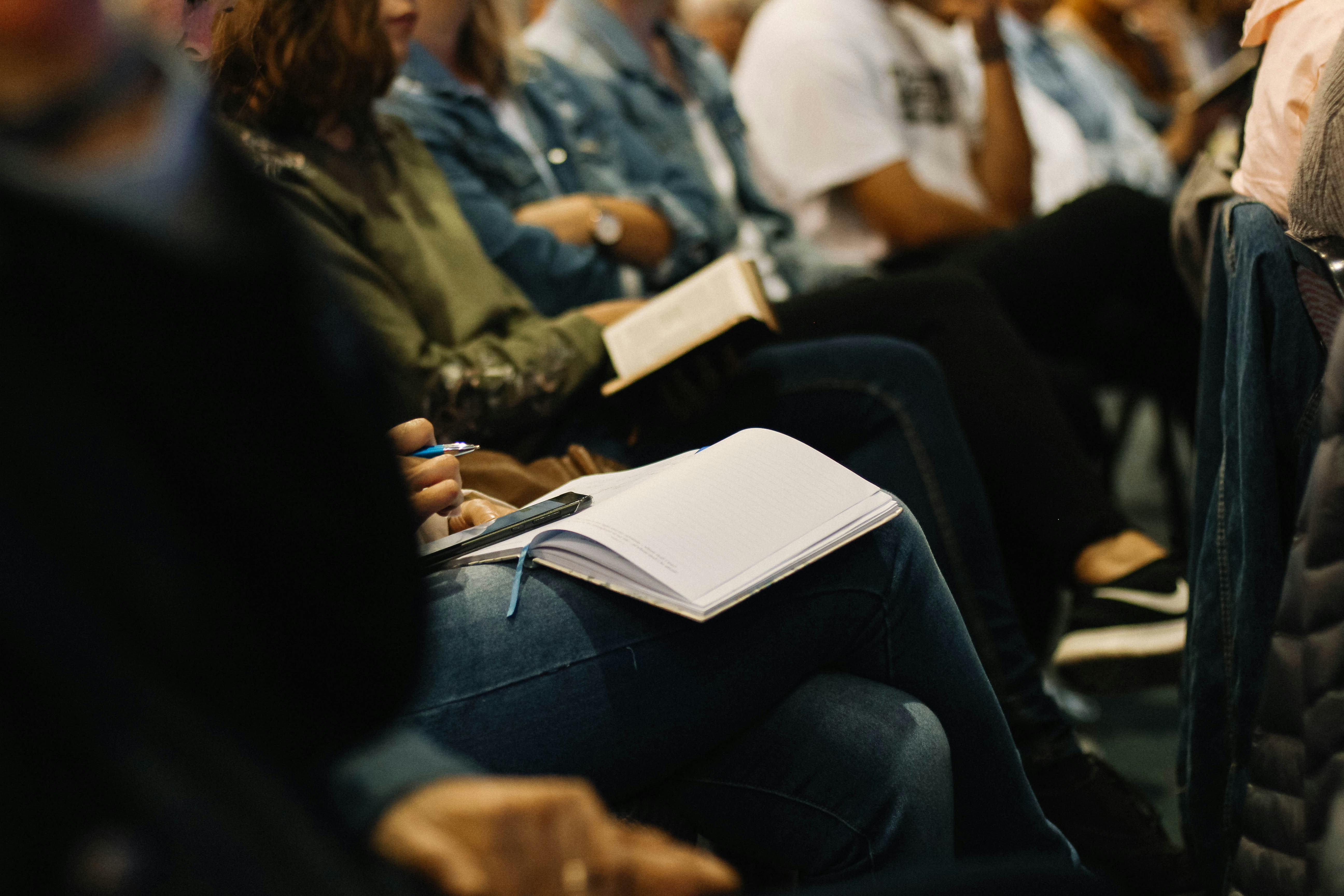Homelessness and drug addiction are nothing new to the streets of San Francisco, but recent data is shining a light on just how far these issues have escalated since 2012. According to San Francisco’s Department of Health, there are roughly 24,500 intravenous drug users in San Francisco ⎼ there are only 16,000 high school students across the 15 public high schools in the city.
Discarded needles, people using drugs in public, and unconscious individuals laying on sidewalks are common sights for locals. “I see human waste. Injections. Probably ten times per day. Sometimes people look like they’re dead,” Kevin Schwing, who works in the South of Market neighborhood in San Francisco, told CNN.
The problem is evident to both residents and city officials. San Francisco’s Mayor London Breed announced in late 2018 that $181 million would be allocated to address homelessness and related problems. Her plans include setting aside $20 million for addiction treatment and mental health problems, cracking down on drug dealing, and opening at least 1,000 new shelter beds by the end of next year. The Department of Public Health and the San Francisco AIDS foundation have expanded their efforts on the streets. Crisis intervention teams are providing buprenorphine to those interested in treatment. And more needle exchange programs are also being implemented across the city.
Despite these efforts, many residents do not see any improvement and others fear the worst is yet to come. “The fentanyl wave came out of the heroin wave, which came out of the prescription opioid wave. There’s a fourth wave coming,” predicted Dr. Ciccarone from the University of California, San Francisco. It is believed that a fourth wave could mean an increase in fentanyl, the spread of drugs such as carfentanil, and the resurgence of methamphetamine and cocaine. According to Ciccarone, different prevention and treatment strategies are needed with each wave.
Of the 20 million Americans struggling with addiction, only 10 percent are receiving any type of treatment. Increasing access to treatment is key for true change to occur. But the stigma that surrounds addiction and certain types of treatment creates roadblocks for individuals seeking help. Despite being considered the ‘gold standard’ for opioid treatment amongst most treatment professionals, medication-assisted treatment is still considered a controversial solution to the opioid epidemic. “We need to make medication-assisted treatment widely available and I think we need to address the stigma that’s sometimes associated with replacement therapy,” says Food and Drug Administration Commissioner Dr. Scott Gottlieb.
If you or a loved one is struggling with addiction, Mountainside can help.
Click here or call (888) 833-4676 to speak with one of our addiction treatment experts.

 By
By 







